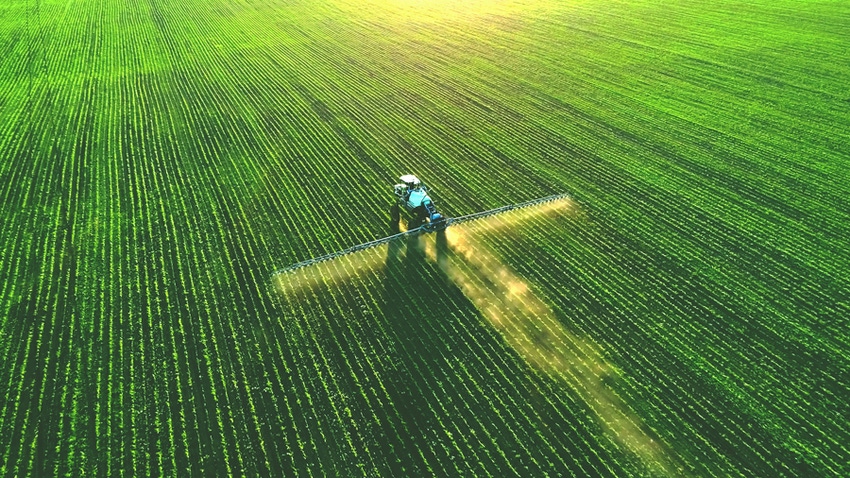
I received prescription variable rate technology map revisions earlier this week and I am done with fertilizer plans. I think.
The only caveat to that would be if prices commodity prices continue to decline, we may forgo the bulk of plowdown fertilizer, feed the plant in the row, and live off the soil for a year. We will make that decision when/if fertilizer prices bottom, but with falling commodities, fertilizer pricing should stay soft. (The longer we can put off buying fertilizer, the less interest we will have to pay!)
So, I moved on to the chemistry piece of planning this week. We are still working on cleaning up some fields after coming out of long-term non-GMO crops. The non-GMO run was great, but when the premiums dropped off three or four years ago, so did our willingness to put up with weeds.
Our corn fields were pretty clean this fall, but that didn’t come without a cost. We had to make a third trip across many fields in around the first week of July. That was an unplanned added expense.
We knew we would have to tackle some burr cucumber spots (as always) but due to conditions beyond our control, we also had some waterhemp escapes that we wanted to clean up. Historically, we have leaned toward generics, taken care of resprays on our own, and came out no worse than even. It didn’t end up that way last year.
For 2024, we have shifted corn herbicides to a premium product hoping it will do a better job. We should also get some support should we have escapes again. With this herbicide change, we are also changing up one or two of the chemistry modes of action.
We were pretty happy with our soybean fields last year. We made a wholesale change in many of the products we used as I just thought it was time for something else. Retailers will tell you, sometimes it is just time for a change. We did it, and it worked.
However, coming from that non-GMO mindset, we tend to be pretty heavy on the pre-emergent herbicides and lay down more residual products with that first in crop application. The challenge for us in soybean is figuring out how much we can back off on those products now that we lean on Liberty and Enlist to clean up escapes.
About the Author(s)
You May Also Like






